Jump to:
Even if you don’t have a space for a garden, you can still enjoy growing through allotment gardening. This gives you a dedicated plot to grow fresh produce and connect with your community.
We have some allotment ideas to share with you to help you make the most of your plot. Feel free to pass them along to other gardeners you’ve formed friendships with.
Allotment Plot Ideas to Try in Your Humble Growing Space
Let’s get into the list, shall we?
Plan your plot layout

See how the sun moves across your plot and put your plants where they’ll get the most light. Check for obstructions, such as rocks or as these could hinder plant growth. If there’s a problem, have a word with the site management to see what’s allowed.
When you’re all set, mark out sections for different crops or seasonal rotations, and work from there.
Opt for raised beds
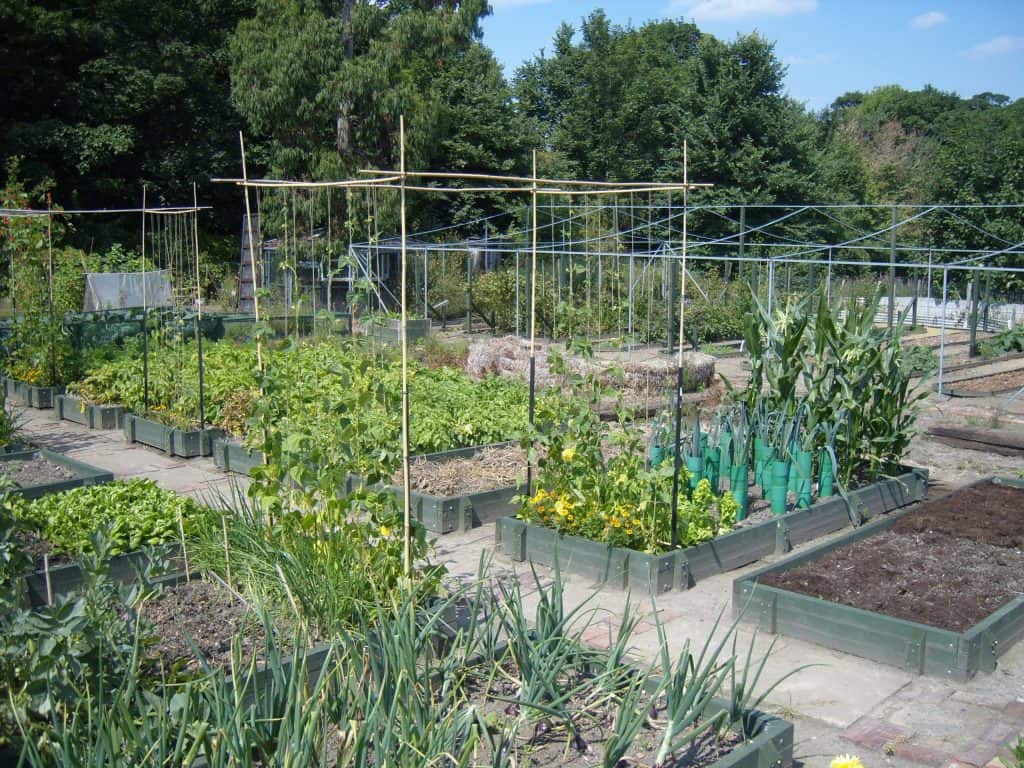
Raised beds are cost-effective and provide better control over soil quality and drainage. They also help define pathways around your allotment. Paint them in your favourite colour, using non-toxic paints to mark your growing space. Imagine if everyone had their own designated raised beds with unique colour codes!
Install a watering system
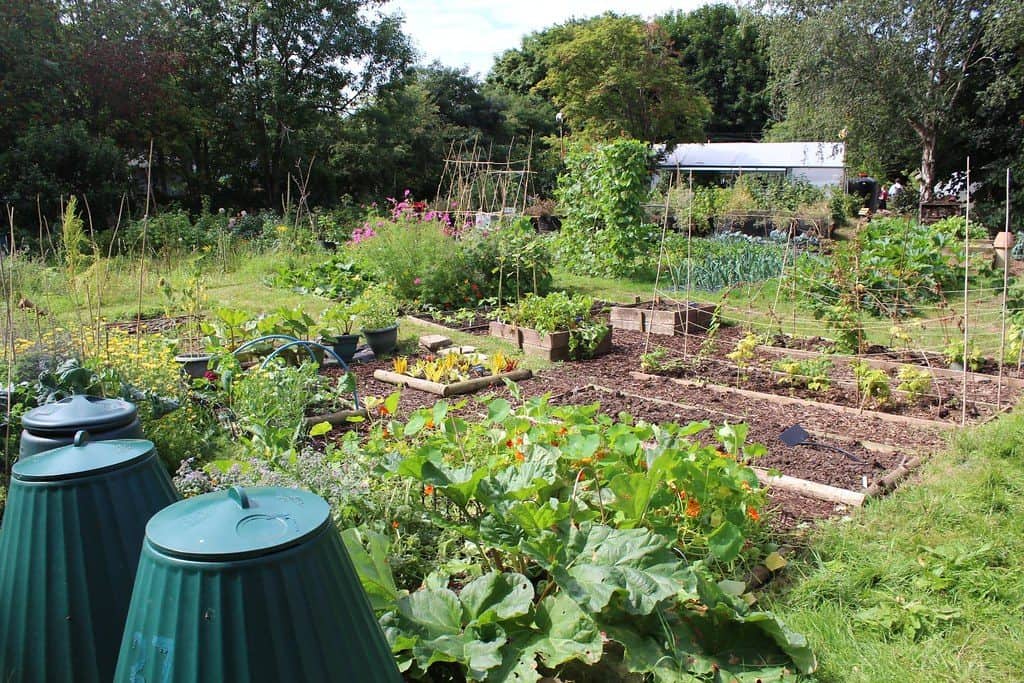
A water tank can give you a steady supply for your plants and save you money, especially when it’s dry. You can DIY with old plastic drums to collect rainwater. It’s an easy way to save money, and your plants will thank you.
Put up your own garden shed
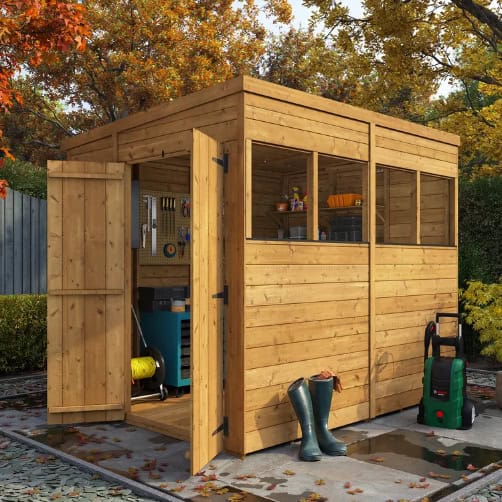
You can add a small shed, up to 8×6 feet, to store tools, seeds, and other gardening bits. Just remember that you have to get permission from the council that manages the allotment, before you erect a shed on their land.
For more advice, check out our guide to choosing allotment sheds.
You can also:
Think vertically and horizontally
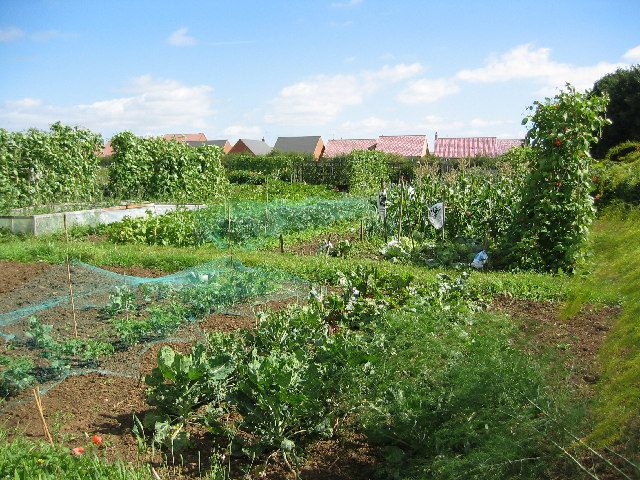
For this allotment idea, use trellises or arbours for climbing plants to create both a plant support and a stylish frame for your walking area. Or try stepped or raised planters to fit more crops into a small plot and keep your plot neat and tidy.
Prepare the mulch
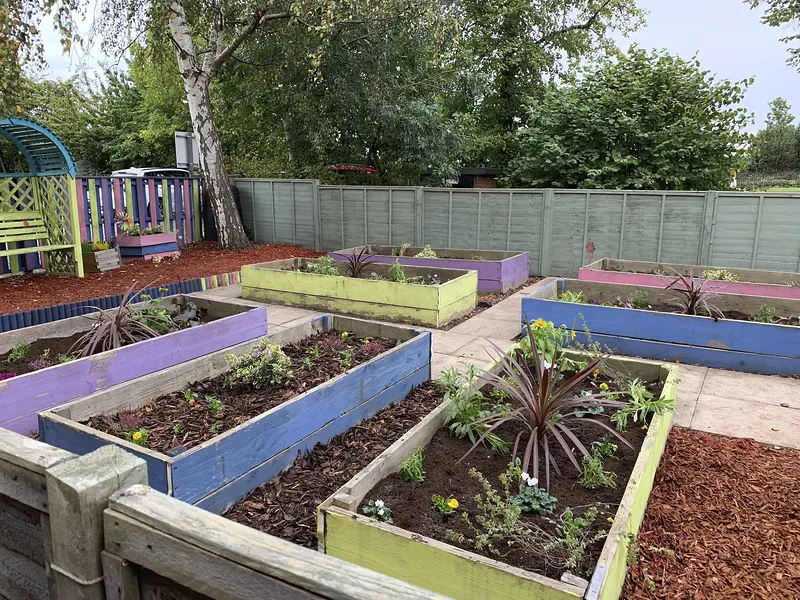
Improve your allotment’s moisture retention and reduce watering needs by adding mulch. Mulch helps the soil and boosts fertility as it breaks down. You can use organic options like grass clippings or bark, or inorganic types to keep weeds at bay.
Consider companion planting
Companion planting is one of the efficient allotment ideas we can’t recommend enough. You grow different crops close together in the same bed, and some plants just seem to get along.
Try pairing lettuces or radishes with melons or squash. Tomatoes pair well with basil too, and the same goes for carrots with onions.
Alternatively, set up water butts
Water butts give you your own water supply on the plot. Fit one to your shed’s guttering to collect rainwater, which you can then use for day-to-day watering. It’s a lifesaver on busy days, especially if you don’t have your own tap, and it keeps your plants watered without the hassle of queuing.
Rainwater is often considered healthier for crops than tap water, as it doesn’t contain chemicals like chlorine. Just be sure to use it while it’s fresh—avoid letting it stand for too long, as stagnant water can develop harmful bacteria.
Welcome wildlife
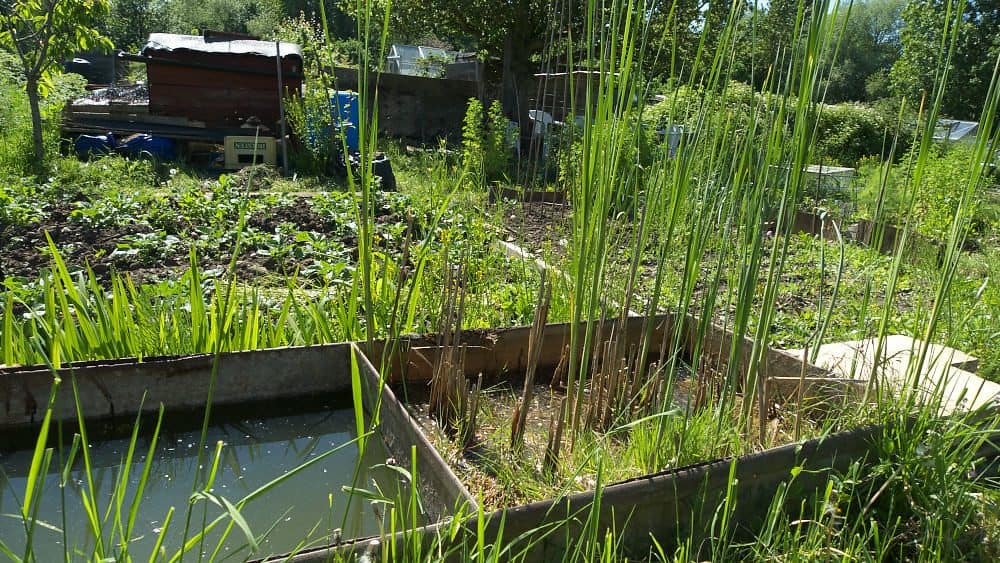
There’s no better pest control than the natural solution provided by wildlife. Insects like bees and butterflies are great for pollinators. And while you’re at it, plant nectar-rich flowers around your allotment. Dandelions, honeysuckle, snapdragon, and butterfly bush are some of your best bets.
Bug hotel addition

Bug hotels give ladybirds, woodlice and other helpful insects a place to settle in. They’ll return the favour by helping with pollination and keeping small pests in check. The best part is you can make one for free with a few spare bits and a little time.
Note: On a shared plot, make sure anything you add doesn’t get in the way of the other gardeners.
Make your compost
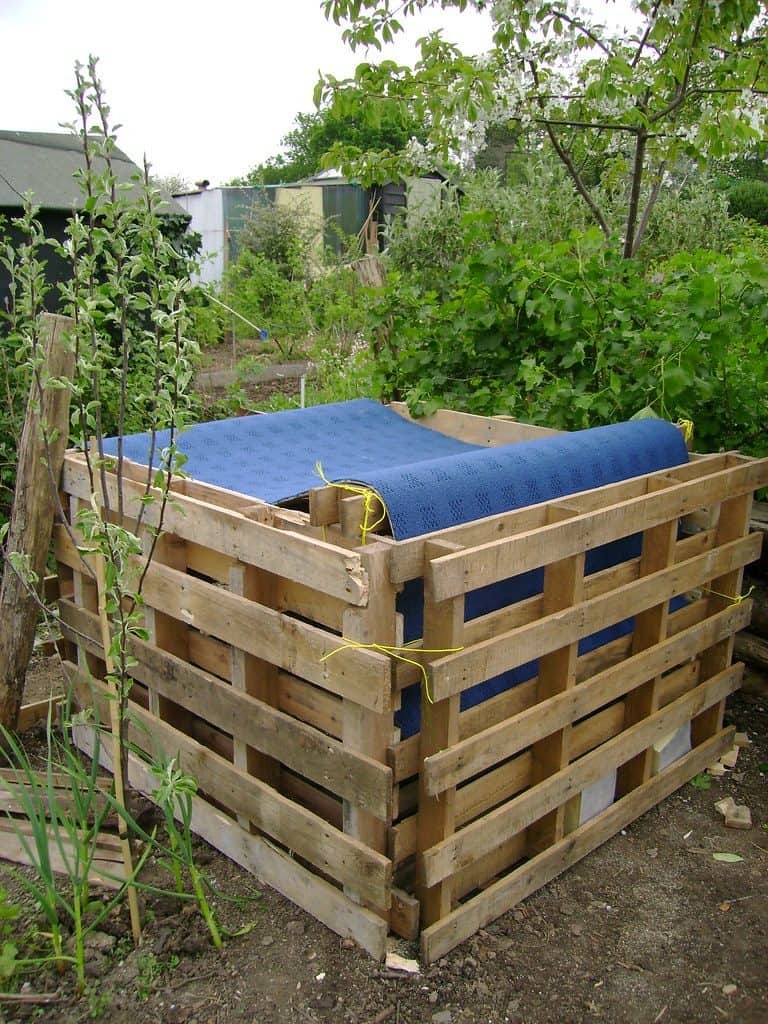
Allotment gardening can generate a lot of weeds and waste, and this is where composting comes in. Depending on the pile size, you may need one or two compost bins. And why not team up with a fellow gardener? Share the space, split the effort, and enjoy the extra compost for both your plots.
Insulate plants with cold frames
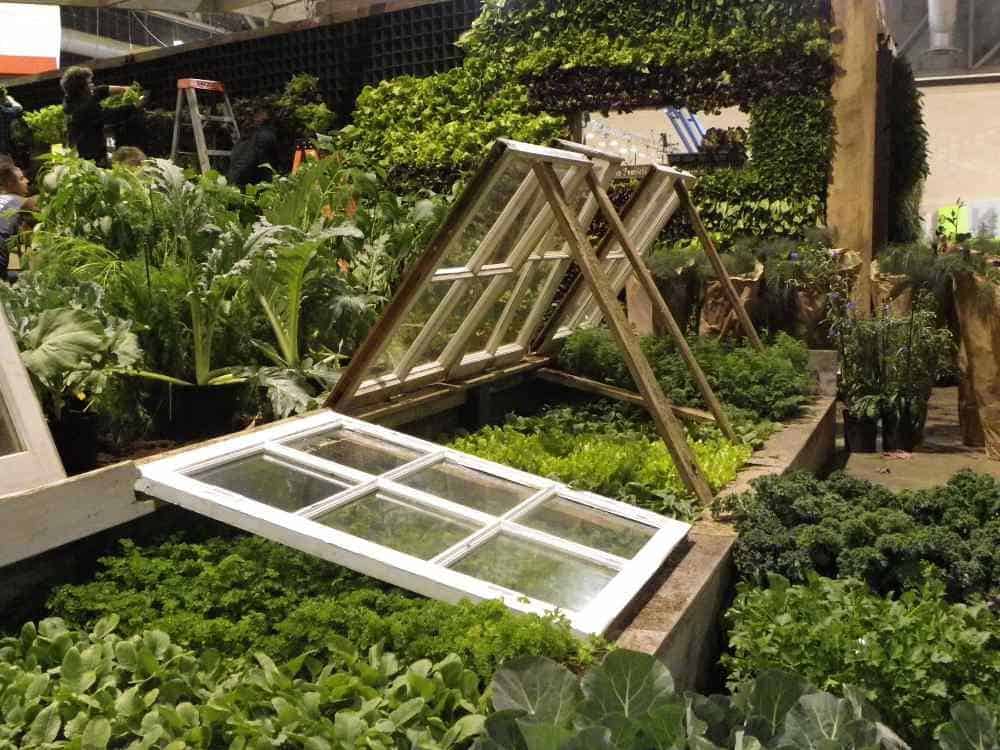
Extend your growing season and protect delicate plants using a DIY cold frame. Keep hardy herbs going through winter, start seedlings early for a head start, and more. It’s like having a greenhouse but a miniature one!
Tip: Stack a few trays inside to get more plants growing in the same corner of your plot.
FAQ
My new allotment has weeds. Now what?
Weeds are a common challenge in allotment gardening, but don’t worry—there are several ways to deal with them. Start by clearing them manually or using a hoe, tackling them in small sections to avoid overwhelming yourself. Once cleared, prevent new weeds from sprouting by laying down a layer of cardboard or thick mulch. Organic mulches, such as wood chips or grass clippings, are great at suppressing weeds and improving soil fertility. Be patient, as it may take time for the mulch to fully break down, but with regular care, your allotment will be weed-free in no time.
Can you build a pond in an allotment?
Before building a pond, it’s important to check your allotment’s specific rules with the site management, as each allotment may have different regulations. If it’s allowed, a small container pond or a few water-filled tubs can be a wonderful addition to your plot. Not only will a pond provide aesthetic value, but it can also attract beneficial wildlife like frogs and insects that help with natural pest control. Be sure to use materials that are safe for the environment and consider adding a simple filtration system to keep the water fresh and healthy for wildlife.
How do I stop slugs from eating my crops?
Remove anything that attracts them, like hiding spots and plant debris. You can also scatter crushed eggshells or slug pellets approved for allotments. Beer traps can work too.
Can I keep plants in pots on my allotment?
Yes, you can. Pots are great for herbs, salad leaves, or anything that doesn’t need deep roots. They’re easy to move, so you can make the most of your space and try different crops each season.





